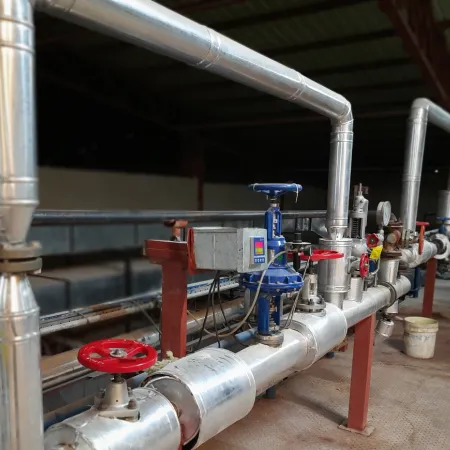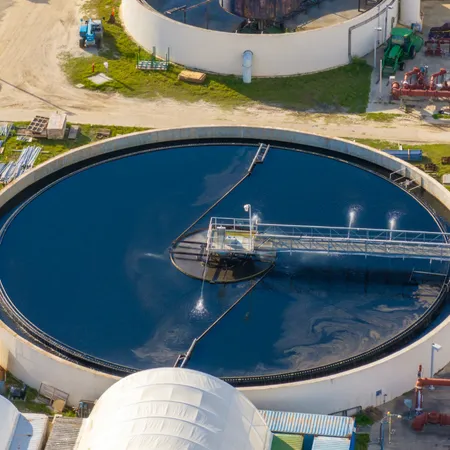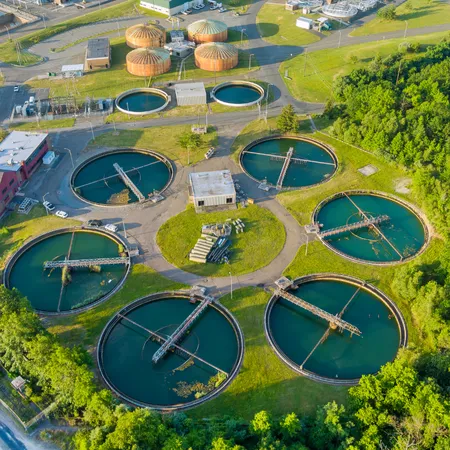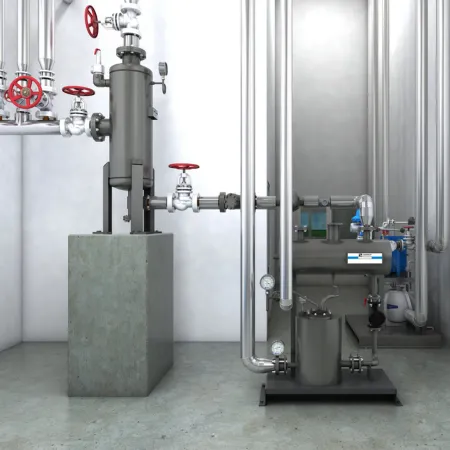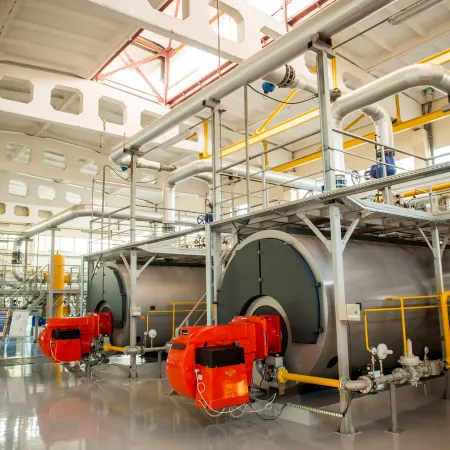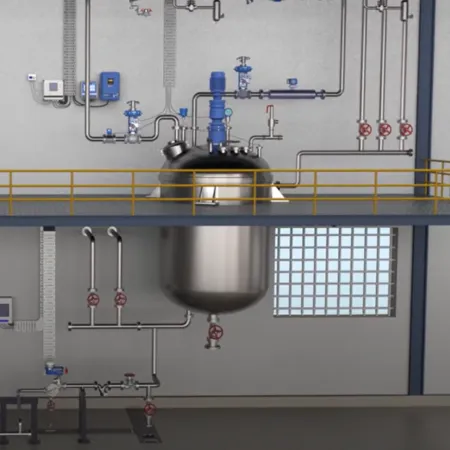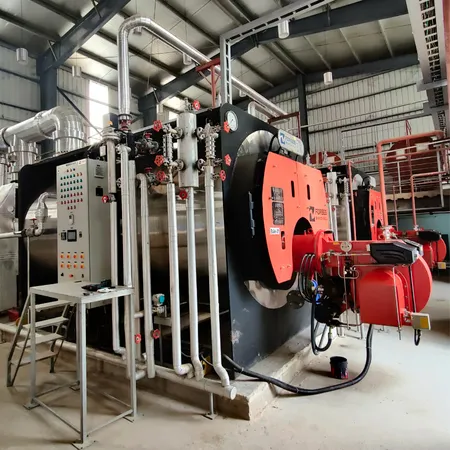Unlocking Efficiency in Multi-Utility Reactors: Tackling Condensate Contamination and Energy Loss
Multi-utility or multi-purpose reactors are the backbone of pharmaceutical and chemical manufacturing, particularly in batch processes where precise temperature control is essential for product quality. They handle multiple utilities, including steam, hot water, brine, chilled water, and cooling tower water.
While this flexibility is essential for accommodating the needs of varying process cycles, it also creates unique challenges in condensate management which, if left unaddressed, can result in energy losses, operational inefficiencies, and higher environmental loads.
What are the challenges faced while handling condensate in multi-utility reactors?
A major challenge in managing condensate from multi-utility reactors is the risk of contamination. When a reactor jacket or coil handles different utilities, such as steam for heating, cooling Tower water for cooling, chilled water or brine, there’s a chance of impurities mixing with the condensate. This can occur due to issues like leaks in the coil, allowing reactor chemicals to seep into the condensate, or residual contaminants from one utility carrying over into another.
Contaminated condensate cannot be reused in the boiler without risking equipment damage. Consequently, it is often diverted to a cooling tower or wastewater treatment facility. This not only wastes water but also discards the valuable thermal energy contained in the hot condensate.
Key pain points associated with operation of multi-utility or multi-purpose reactors include
- Low condensate recovery factor leading to higher fresh water make up in boiler and fuel consumption
- Ineffective evacuation of condensate due to improper trap selection. This necessitates operators to keep bypass valves open, leading to steam loss.
- Temperature variation of ±5°C due to manual temperature control, impacting heat transfer efficiency.
- Prolonged process cycles and extended batch times due to slow start-up rates and inconsistent temperature gradients.
The combined impact of these aspects is higher steam and water consumption, loss of recoverable condensate, increased load on utility systems, and reduced equipment uptime.
How Can Condensate in Multi-Utility Reactors be Better Managed?
Effective condensate management in multi-utility reactors demands a holistic approach, right from selection of the right equipment to handle the condensate to continuous monitoring of parameters.
- Correct trap selection and sizing
Selecting the right type of steam trap, that is correctly sized for the application, is fundamental to ensure complete condensate removal and prevent live steam loss addressing the higher start up loads and running loads - Accurate measurement of TDS and diversion of contaminated condensate
Automatic detection of contaminated condensate with the help of TDS and temperature sensors allows for efficient segregation of condensate with the help of a diversion unit; contaminated condensate can be safely diverted, while clean condensate can be recovered for reuse. - Monitoring and diagnostics
Integrating real-time monitoring of trap health and condensate purity enables predictive maintenance and ensures higher uptime. Digital digital connectivity ensures on-the-go real time parameters which gives detail insights into real time benefits and helps maintain 100% uptime
Forbes Marshall Multi-utility Process Trap (MuPT): The Integrated Condensate Management Solution for Multi-Utility Reactors
Addressing condensate management in multi-utility reactors requires more than just conventional steam trapping. It calls for a solution that can simultaneously detect contamination, segregate condensate, and sustain optimal process conditions.
The Forbes Marshall Multi-Utility Process Trap (MuPT) has been developed specifically to meet these needs by understanding the gaps in addressing these challenges. It integrates multiple functions into a single compact system, reducing complexity and improving reliability.
The MuPT offers
- Built-in TDS sensor and flow diversion unit for contamination detection through TDS measurement and efficient segregation of pure condensate based on condensate purity
- Two-orifice trap technology to ensure the right temperature gradient to the process without opening of the bypass valve
- LED indication to indicates health and operating mode of the steam trap for optimum performance check and go to action points
- Digital connectivity and cloud computing for real-time monitoring of critical parameters, allowing operators to track system health and take proactive action in case of deviations
Why the Forbes Marshall MuPT Is the Right Choice for Handling Condensate in Multi-Utility Reactors
The Forbes Marshall Multi-utility Process Trap (MuPT) goes beyond basic steam trapping to offer a truly integrated solution for the challenges of multi-utility reactors. By combining contamination detection, condensate segregation, and real-time monitoring into a single, compact unit, the MuPT helps overcome issues of energy loss, water waste, and operational inefficiency. This holistic approach ensures not only the recovery of valuable resources but also the reliable and consistent performance essential for high-quality production in the chemical and pharmaceutical industries.

